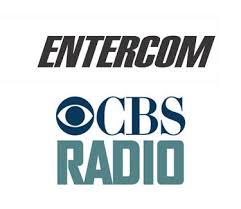The FCC Media Bureau announced the elimination of the Main Studio Rule last week. That rule had required each AM, FM, and television broadcast station to maintain a main studio located in or near its community of license. The order also eliminated existing requirements associated with the main studio rule, including the requirement that the main studio has full-time management and staff present during normal business hours, and that it has program origination capability.
Social media commenters have expressed dismay for the “end of broadcasting” as large owner groups continue to consolidate operations in distant cities and close local studios. Others see the opportunity for “live and local” operators to stand out.


